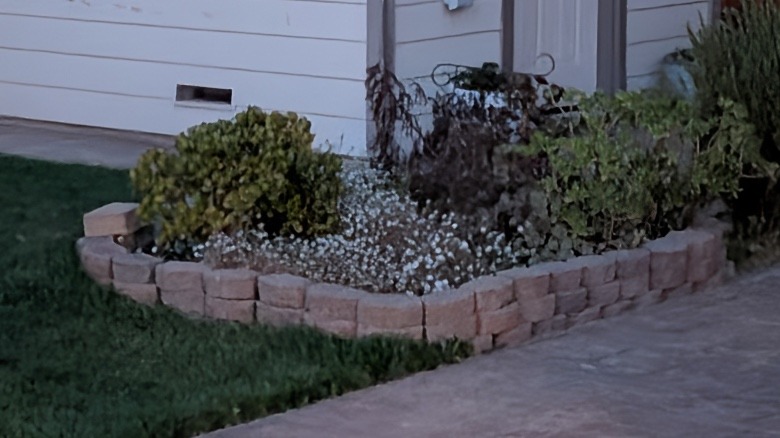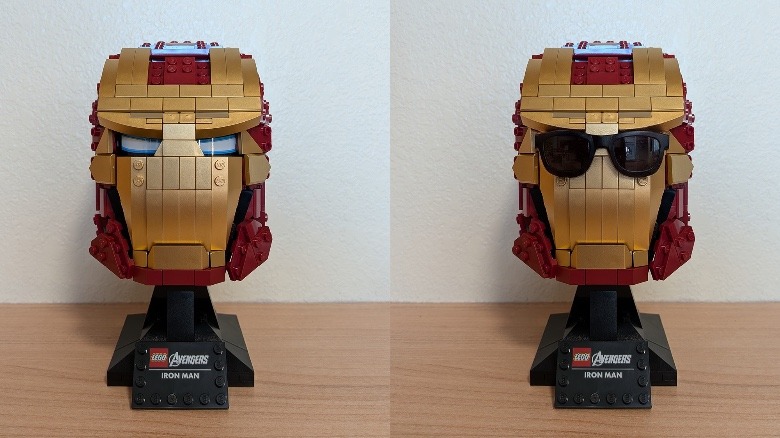The camera is perhaps the biggest area of improvement for Google. Why? Well, the Pixel 10 has a triple camera array, a feature that has so far largely been reserved for higher-end phones in a series. On the Pixel 10, you’ll find a 48-megapixel main camera, a 10.8-megapixel telephoto camera with 5x optical zoom, and a 13-megapixel ultrawide camera with a 120-degree field of view. That’s right — the base Pixel 10 has the big three camera options, making it more versatile than the vast majority of others in its price range.
There are some caveats to the updates, though. Unfortunately, it seems as though adding a telephoto lens meant cutting costs on the other two cameras, downgrading them compared to the Pixel 9. While the main camera on the Pixel 9 had a 1/1.3-inch sensor, the Pixel 10 instead has a 1/2-inch sensor. And, as mentioned, the ultrawide camera is 13 megapixels, down from the 48-megapixel camera that was found on the Pixel 9 before it.
On the one hand, I understand the changes. Before, the telephoto camera was the major camera upgrade for Pro-level phones, so it didn’t matter as much if the other two cameras were the same across the entire lineup. But I still can’t help but feel a little weird about the Pixel 10 downgrading some features compared to the Pixel 9.
In general use, though, you won’t notice any downgrade in camera quality, even if you’ve used the Pixel 9 for the past year. In some use cases, you can see a little less depth in the photo due to the smaller main camera sensor, and in low lighting, the phone wasn’t able to capture quite as much detail when using the main and ultrawide cameras. That’s not to say low-light photography wasn’t good — I still found the Pixel 10 to perform better than the Galaxy S25, and it certainly made a darker scene look brighter and more vibrant. But the Pixel 9 captured better low-light images, while the iPhone 16 beat all three (Pixel 9, Pixel 10, and Galaxy S25) of the others.
I actually found the Pixel 9 to take better photos than the Pixel 10 when zoomed in on low-light scenes. To be fair, that started to change at much higher levels of zoom, where both phones produced pretty illegible images. The Pixel 10 can also zoom further than the Pixel 9, but at 5x zoom or so, the Pixel 9’s low-light images were better — again, likely due to the fact that it relied more on the larger sensor of the main camera.
In good lighting, zoomed images were better on the Pixel 10, though. The Pixel 9 can only zoom to up to 8x, and actually produces great results at this level of zoom despite the lack of telephoto camera. But the Pixel 10’s images were slightly more detailed. Of course, the Pixel 10 can also zoom further — up to 20x. Even at that level, images were pretty good. Google’s image processing for zoomed photos has long been among the best, and that remains true even on the base Pixel 10, and even without the Pixel 10 Pro’s new generative AI-based Pro Res Zoom feature.
On the front of the phone is a 10.5-megapixel selfie camera, and it produced solid results overall. It was able to capture enough detail even in challenging scenarios, like with the sun directly behind me — though it did struggle with lens flare a bit.
Where does this leave the Pixel 10’s camera array overall? I’m glad Google added the telephoto camera, even if it meant slightly reducing the quality of images captured by the ultrawide and main cameras. You’ll still get an excellent camera, and it’s on-par with the Galaxy S25, or better in some situations, like low-light photography, and on par with the iPhone 16 in all but zoomed images, where it’s better.
AI editing
There are many AI-based camera features built into the Pixel 10 as well. For example, there’s the new Camera Coach feature, which is designed to look at a scene through the camera and guide you towards taking a better shot. It does so by analyzing the scene using AI then generating instructions tailored to that specific scene. These suggestions can be related to framing, lighting, and basic composition of the photo. All but the most basic smartphone photographers will probably turn it off. That said, I can imagine it being handy for those who want to improve their smartphone photography.
There are also new text-based editing tools. These allow you to describe how you want to edit a photo using natural language instead of having to learn all the different settings. It’s a neat idea and actually produced some pretty solid results. For example, I was able to easily add a pair of sunglasses to an Iron Man Lego head that I have — and while it added reflections in the sunglasses that wouldn’t have been there in real life, those reflections made it look more natural than it would have if they weren’t there.
Other features are still available from previous generations, but Google says they’ll work better on the Pixel 10. One example of this is Add Me, which is supposed to be more reliable with larger groups and even work with pets. And there’s a new automatic Best Take feature, which will have the camera automatically take multiple images and pick frames to blend together for the best photo overall. You can turn this feature off if you don’t like the results.
Finally, there are some camera features that aren’t on the Pixel 10, instead being reserved for the Pixel 10 Pro. An example of this is the Pro Res Zoom feature that uses generative AI to enhance the details of a shot. You won’t get that on the base Pixel 10, but I’ll go in-depth on it in my Pixel 10 Pro review.





